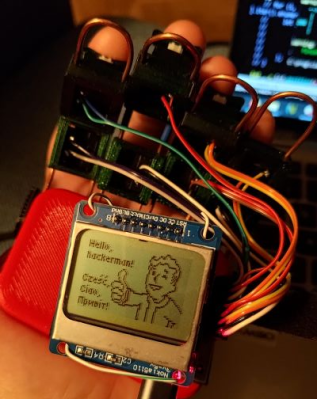If you’re into electronics you can never have too many digital multimeters (DMMs). They all have different features, and if you want to make multiple measurements simultaneously, it can pay to have a few. Over on his video blog [joe smith] reviews the new Brymen BM788BT, which is a new entry into the Bluetooth logging meter category.
This is a two-part series: in the first he runs the meter through its measurement paces, and in the second he looks at the Bluetooth software interface. And when we say “new” meter, we mean brand new, this is a review unit that you can’t yet get in stores.
According to a post on the EEVblog, this Bluetooth variant was promised five years ago, and back then Brymen even had the Bluetooth module pin header on the PCB, but it has taken a long time to get the feature right. If you scroll through the thread you will find that Brymen has made its protocol specification available for the BM780 series meters.
It looks like some Bluetooth hacking might be required to get the best out of this meter. Of course we’re no strangers to hacking DMMs around here. We’ve taken on the Fluke 77 for example, and these DMM tweezers.
Continue reading “New Brymen Bluetooth BM788BT Digital Multimeter Coming Soon”

















